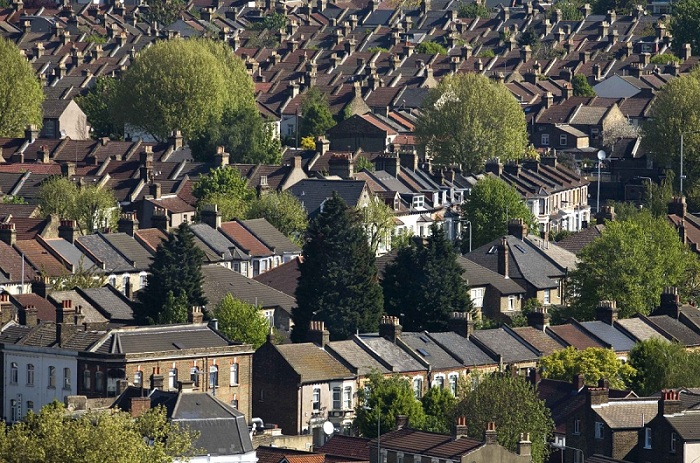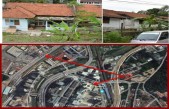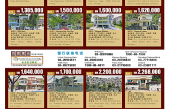Property bubble ghost haunts central bankers trying to boost prices
By Bloomberg | March 23, 2016 1:01 PM
FRANKFURT (March 23): The property market is an animal almost every central banker is worried about and hardly anyone can control.
As the Federal Reserve downshifts into go-slow mode while the European Central Bank and other monetary authorities ease, expect to hear a lot of concern about property prices. Here's the dilemma: How do you cut rates to goose too-low inflation and support growth without lighting a fuse under real estate?
The US is still feeling the consequences of a housing-market collapse that is widely blamed for triggering the Great Recession. The world’s largest economy stopped contracting in the second quarter of 2009, but house prices continued to fall over the next three years. While property costs since then have risen at a faster annual pace than an aggregate of 23 countries tracked by the Dallas Fed, prices are still 3.8% below their peak.
Since the global property market bottomed out at the start of 2012, house prices have risen most in New Zealand, Australia and South Africa. Increases of more than 30% in the three countries compare with an average gain of 11% in the sample. Prices are still declining in some of Europe's largest economies. One exception is Germany, where property costs have surged more than 17% after prices slid for a decade and a half starting in the mid 1990s.
Central bankers want to see their low rates transmit into economic activity. Prices and transactions in real-estate markets can serve as indicators for buyers' confidence in the economy, the strength of the labor market and spending prospects.
Too much froth in property markets can also be an obstacle to cutting rates further.
For Graeme Wheeler, governor of the Reserve Bank of New Zealand, the challenge is to boost inflation that has undershot the target band for more than a year without causing a housing bubble. Policy makers cut their benchmark interest rate to a record-low 2.25% this month.
Sweden's central bank has cut its repo rate to minus 0.5% in an effort to lift prices back to its target of 2%, an inflation rate unseen since 2012. House prices there are up 25% since the fourth quarter of 2011, when the Riksbank began cutting interest rates, according to the Dallas Fed's Home Price Index, which has data through the third quarter.
Moody's Investors Service, the credit and risk analysis firm, is warning that for Sweden, "the sustained and strong growth in mortgage lending and house prices risks leading to an (ultimately unsustainable) asset bubble.''




 Find out more
Find out more














